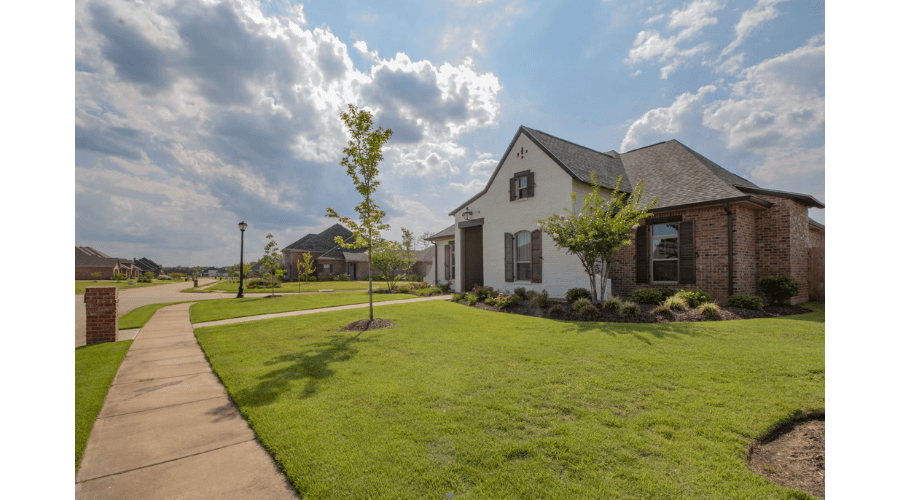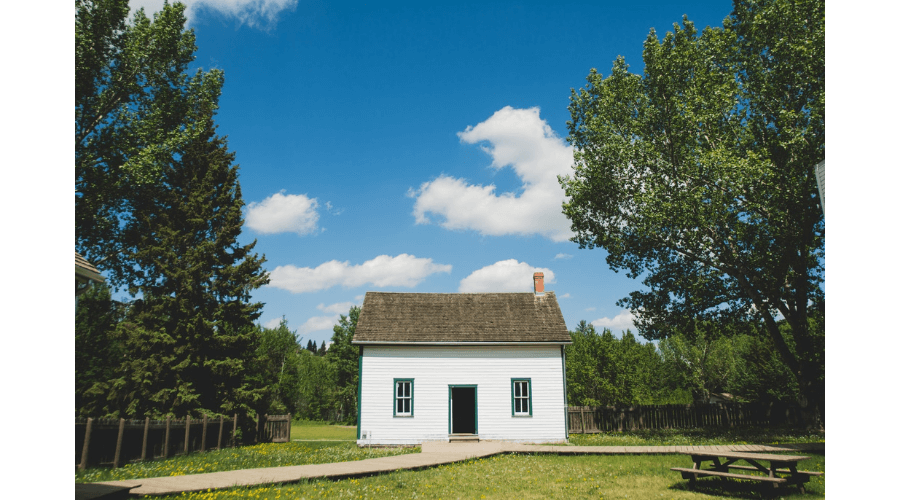How to Double Your Rental Income with Rooming Strategy?
A common question from investors with a new property is ‘how can I increase my rental income?’
A rooming house is a trend that has been growing in popularity. It’s a strategy that has been employed with the hope that it will increase cash flow and rental income.
But is it the best method for those wanting to know how to increase rental income? Let’s break down some of the truths surrounding this unique strategy and outline its main advantages & disadvantages!
What are rooming houses?
Rooming houses are a property investment strategy that involves converting each house’s bedrooms into self-contained units. Each room might have access to an ensuite or kitchenette, allowing you to rent each room out separately.
Rooming houses are popular with young people moving out of their family homes or looking for a cost-effective way to live by themselves.
What are the Pros of Rooming Houses?
The most significant benefit of a rooming house is that you get more rent per week and rental yield because you are renting each room out separately. Let’s say you have a four-bedroom home. You could rent this house out for $500 per week as a standard residential property.
But with a rooming house, you could rent each room out separately for $200 per week. Here, you’ve almost doubled your rental income. It’s easy to see why this is such an appealing strategy for those wanting to know how to make passive income from the rental property.
It can be especially appealing in big cities, where living costs are expensive. It is a trend that has been especially popular in the UK and is only just starting to take off in Australia.
But there are a few factors that have slowed down the success of this strategy. These should be considered if you want to know how to maximise your rental property income and are considering a rooming house as a strategy to do so..
What are the Cons of Rooming Houses?
Strict Regulations and Compliance
The first downside to consider is that council requirements are stringent. It’s not a simple process to convert a four-bedroom house into a rooming home with four separate ‘houses.’
Compliance with safety and environmental regulations is incredibly strict, making it an onerous and sometimes expensive process to get approval for this conversion. It is impossible to convert a property into a rooming house in some councils.
Higher Costs and Fees
Rooming houses also require a lot more management. Because of the extra work, a property manager will charge 10-15% plus in fees for managing a rooming house, compared to a maximum of 6-9% for a single home.
A rooming house also incurs higher costs due to higher maintenance, utilities, advertising, and insurance. More people in the house naturally means more wear and tear on the property and more electricity, water, internet, etc.
A rooming home has more tenants, resulting in people moving out more frequently and more excellent vacancy rates, which means advertising fees to fill those vacant spots. Insurance for rooming houses is hard to find, and often the premiums are high due to the inherent risk associated with these types of properties.
These higher fees and costs eat into any additional yield you can make from a rooming house.
Then, there is, of course, the refurbishment cost. Converting an existing house into a rooming home, where each bedroom is self-contained, can also be quite expensive. If you pay around $20,000 to refurbish a house, the initial extra rent might not cover that cost for another 4 or 5 years.
Hard to sell
While selling an investment property isn’t ideal, it’s still important to buy properties that can be sold in an emergency. A standard residential house can be sold relatively quickly. But because a rooming home is uniquely customised, with multiple self-contained rooms, it can be less appealing for the average buyer.
Banks will look at what a buyer might pay for your property for property valuation. As people are less likely to buy a rooming house, banks don’t often increase the valuation of these properties.
Banks don’t like rooming houses.
Banks also don’t love rooming houses for their serviceability calculators. Banks will often penalise rental income from rooming homes so that it becomes more challenging for you to buy more properties.
Despite positive cash flow on paper, they might only consider 50-60% of that rental income in assessing your cash flow and your ability to have borrowing capacity for that next property.
Social Trends
In the post-COVID-19 climate, there is a need for more space in the home. There are now more people working from home than ever before, and there is a reliance on that extra space, whether it be for an office, gym, or a place of entertainment and recreation.
As a result, people favour larger areas to live in, which goes against the trend of rooming houses with smaller spaces.
The Verdict
So, with all these considerations in mind, are rooming houses an effective strategy to increase rental income?
Yes and no. This will depend on your investment strategy and your circumstances. For people that can handle the long list of downsides, rooming houses are effective at maximising yields and can allow you to achieve your passive income goals faster.
But at the end of the day, rooming houses are a lot of work, can be very complicated, and those doubled gross yields are significantly diluted when it comes to net yield.
PREVIOUS
How To Apply Share Market Techniques In Property...

 PK Gupta
PK Gupta






